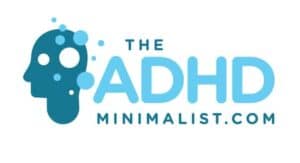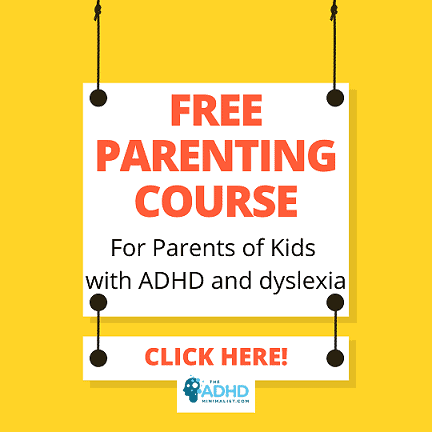
These are our best tips for getting through school with Dyslexia.
I am the mother of three kids, two of which ADHD and dyslexia! We live on a farm in the mountains of Sweden, and my husband and I are remodeling our historic home. I am originally from the USA, and It’s interesting how different countries handle diagnoses like Dyslexia in school.
Some of these tips come from my struggles in school, and some of them are my son and daughter’s tips. We asked some friends and family with dyslexia to contribute to the list as well!
Getting through school with dyslexia is hard! When you can find tips and tricks that make your load of schoolwork lighter, it can put some of the fun back into school!
Annie
Tips for Those Who Have Mild to moderate Dyslexia.
(If you have severe dyslexia, scroll down to the next heading.)
- Don’t underestimate the power of a quick refresher during your breaks between classes if you have a hard test that day.
- Try to use rhymes for remembering words and for remembering how to spell the words. Find something that the word or part of the word rhymes with, and it’s helpful if you are rhyming one word that you actually know how to spell with a word that you don’t know how to spell.
- Another trick I used for spelling was associating ideas with the word I was trying to spell. For example, Storage if you break the word up you get Store and age. If you imagine that there is a store that sells age and you can pay to get older or younger suddenly you can remember how to spell storage. Most people with dyslexia are extremely creative and have vivid imaginations.
- One thing I wish I would have received help with during my school years was spelling on tests! I had a science teacher who was fond of having us write and explain things in-depth on his tests. Even if I understood the concept I often got marked down on the test for misspelled words. I remember trying to figure out if I was writing about angles or angels on one of his tests! In the end, I guessed wrong!
- I wished that I could write down the words that I confused with other words and their explanations on a paper and use them during his tests. This may be up to the teacher what words are ok on a test-by-test basis, and some teachers may not like this idea at all, but if you don’t ask you won’t receive help!
- My daughter uses different colored cellophane papers which she puts on top of the paragraph she is reading to help her see the words better. Which color helps is often different for different kids. She doesn’t use this all the time, but if she is having an especially hard time she gets it out.
- When I am reading text on the web or in books it can be easier to read if everything, even the pictures, is aligned left.
- Reading text that is printed crooked, or sideways, or printed on the page anyway other way than the normal straight Left to the right way, is much harder to read!
- Once I told some friends to meet me at a certain store when we were shopping in the city. I wondered why they took forever to show up! I read the address from the sign and I thought I had it right, but the sign had text printed sideways and when I went out to reread it I realized that I mixed some letters and numbers around and unknowingly sent my friends to the wrong place!
- No crazy backgrounds, like black with white text or text on top of patterned backgrounds. If this bothers you too, make sure to tell your teacher, so when she copies papers for you to use for reading or homework, she can think about what type of paper it’s copied on.
- No weird fonts! I like to read simple classic fonts. If strange fonts are hard for you to read, make sure your teacher knows this. That way if you read out loud, she knows not to ask you to read extra difficult text because of the way it’s printed.
- My daughter cried when I tried to get her to read books with weird fonts! At first, I didn’t understand why she was crying. There were few words on each page with a picture, and I knew she could sound out all the words. When I finally got her to calm down, she said she couldn’t read the font!
- My daughter likes to read comic books (not magazines) Donald duck in book form where everyone has their speech in a bubble. This can be harder for some people with dyslexia to read these types of books (I prefer not to read in this format) but because my daughter is extremely dyslexic and still struggles to read smoothly at age 10 the bubbles break the reading up into small attainable goals.
- Get a good program for spell-checking. I like Grammarly. Spell checking has come along way since I was in school. Grammarly, even the free version, catches many more mistakes than the classic spell-check did when I was in school.
- When I notice that I always misspell a certain word I read it and make note of where I keep making mistakes. When Grammarly checks that word I read through the correct version instead of mindlessly clicking on whatever they suggest. If you do this every time you will eventually be able to spell it right.
- Sometimes it took me 50-100 times of spelling it wrong, reading the correct version, and noting my mistake, but if you pick a few of your worst words to do this with consistently eventually it will stick!
- Don’t assume that your spellcheck always knows what you are talking about! Even really good spellchecks can misunderstand a word that has been extremely misspelled! I noticed when I first started using Grammarly that I often clicked on their suggestions without thinking, and that made for more proofreading!
- looking words up in a classic dictionary can take considerable more time for kids/adults with dyslexia. I was required to use a classic dictionary in school. I understood the concept of alphabetical order early on, but I could not remember the alphabet as a whole. To Find where a letter should be in the alphabet I would begin with A and say the alphabet in my head. When I got to the right letter I knew approximately where to find it in a dictionary. When I found that letter this process had to be repeated for the second and third letters until I finally found the word in the dictionary or cookbook.
- This got somewhat better with age because I learned that some letters were at the beginning the middle or the end of the alphabet which saved me some time.
- I Use google as a dictionary! I used to refer to an enormous English dictionary when I was unsure of how to spell a word, but these days technology has put the dictionary at our fingertips! It takes far less time to google a word on my phone than to look up a word in a classic printed dictionary! Plus I always have my phone with me!
- Remembering dates can be hard for those with dyslexia. I often had to guess the dates on school tests! Even when I could remember the numbers, I would forget if it happened in May or July!
- The trick is to put the dates on a timeline and hope that your teacher will give you credit for understanding the concept even if you forget part of the date. For example, I can remember that our house was built in 1790. I can also remember that it was built during the french revolution. I may not remember the exact dates for the revolution which were May 5, 1789 – Nov 9, 1799, but I could study for my test by remembering that the French revolution started the year before my house was built.
- Sometimes it helped to remember a few dates and then to add and subtract from those dates. For example, the declaration of independence was signed on the 4th of July 1776. In this case, I can remember the 4th of July quite easily, but not 1776. If I put it into the timeline of when my house was built in 1790 It’s easier for me to remember that the declaration of independence was declared 14 years before my house was built!
- Remembering dates and Birthdays (Birth-dates) can be hard for people with dyslexia.
- Use a calendar like Google calendar and get help to write down when important events are happening when your sports events are, and when your close family and friends’ birthdays are. Set reminders!
- Some calendars will let you use pictures instead of words!
- Ask your teacher if you can take a picture of the whiteboard before she erases what she wrote and starts over. If you can’t have your phone in school ask your teacher if she can take a picture with her phone or the school’s iPad and send it to you.
- I know phones in school can be controversial, but technology can be extremely helpful for those with dyslexia.
- Taking notes in school doesn’t usually work for kids with dyslexia
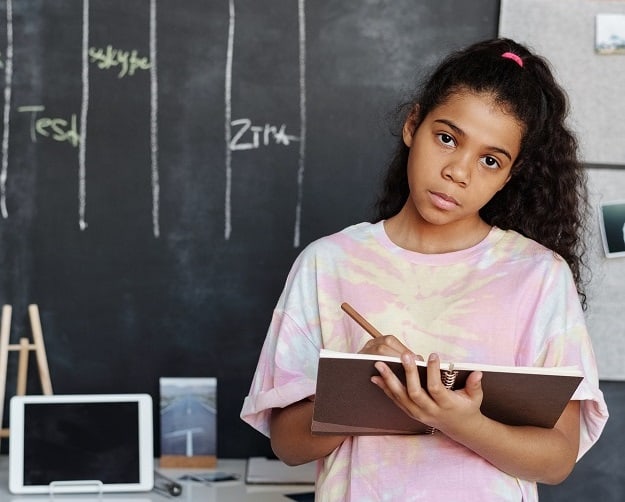
Tips for those who have a more severe type of Dyslexia
- My daughter, Maria, has such a hard time reading that she can get some of her textbooks in audiobook format.
- Ask your child’s teacher if this is something the school has readily available.
- When Maria needs to read chapter books for school, we usually have her read a page or two even if it takes lots of time. Then my husband or I often read the rest of the book out loud, so she can see the occasional picture.
- Maria has a hard time writing, and we are working on learning how to speak in her texts on google docs. Unfortunately, it’s harder than you think to use voice-to-text.
- You need to speak clearly in order to make voice-to-text work.
- Don’t mumble
- pause at the end of your sentences
- Before you start talking in your text, make a basic outline for your school assignment. Use pictures to remember the main points.
- Make sure you know the subject you are going to talk/write about well that will make it easier to talk about the main points without reading texts.
- Have your thoughts in the right order! It can end up being a jumble of words on the page if you haven’t thought through what you want to say first. Often when you just say whatever comes to your head the text-to-voice translation doesn’t make any sense.
- Have a grown-up read through whatever you write using voice-to-text. If you have severe dyslexia you won’t catch many major mistakes in the texts and there are often mistakes when using voice-to-text.
- Google’s voice-to-text for google docs is the best one we tried. The second best is Apple’s voice to text.
- You need to speak clearly in order to make voice-to-text work.
- If you or your child have severe Dyslexia, you may need to ask teachers to give oral tests. Maria takes oral tests from time to time.
- Maria gets writing help with some of her school assignments. At school sometimes they have someone scribe for her and at home, we try to have her write as much as she can, but we often end up helping her write part of her assignments.
- Paying for advanced spellchecking software like Grammarly which will check for many more mistakes than free spellcheckers can be worth the money! You can use voice-to-text, and run the advanced software to check for spelling and grammar mistakes before you ask someone who doesn’t have dyslexia to check your document.

Taking notes in school doesn’t work well for kids with Dyslexia!
Maria can’t take notes in school. She simply can not write fast enough to keep up.
Lage tried to take notes, but it didn’t help him remember which is the point of taking notes!
I tried to take notes growing up and I found it more distracting than helpful.
I remembered most of what the teacher said if I focused on the teacher and listened well. I didn’t often take notes because it distracted me in class and often my notes were not very legible.
My son Lage tried to take notes from what his teacher wrote on the board, but when the school tested him for dyslexia they noticed that he wrote one word at a time.
It took him so long to write each word that he didn’t have any idea what the sentence he just wrote said!
Most kids who take notes read an entire sentence and then write the entire sentence and this ensures that they remember much more of what the teacher says!
Kids with dyslexia don’t have the ability to read and write like their peers and the distraction of trying to write while listening may keep them from hearing the teacher all together!
Annie Eklöv
When I was in school, I would always zone out in math class. One day I decided that I was going to try to do better in math class, and from that day on I would pay attention!
I sat in the front row and concentrated on the teacher as she talked walking back and forth in front of the classroom. I was trying to actually understand the concept she was teaching because I had to ask for help on my math assignments when I didn’t pay attention!
Apparently paying attention was not to my teacher’s liking!
I got reprimanded in front of the whole class for not taking notes and not reading along in my book even though I learned better by just listening!
Looks can be deceiving! I apparently looked like I was paying attention and taking notes in class when I looked down at my book and doodled or picked at my fingers! I can assure you that I was not paying attention at all!
It would be great if all teachers were well informed about learning disorders and how that might manifest in their classrooms, but that is not always the case!
This particular teacher squelched my desire to learn math!
I decided I would never pay attention in her class again to get back at her for embarrassing me!
Unfortunately, I ended up hurting myself and my dad spent many hours answering my math questions!
Annie Eklöv
If you have kids who have dyslexia make sure you let all their teachers know how your child learns best!
Having a teacher who understands the difficulties of dyslexia can boost your child’s self-esteem and avoid devastating experiences like being shamed in front of the class for something that is not their fault!
Annie
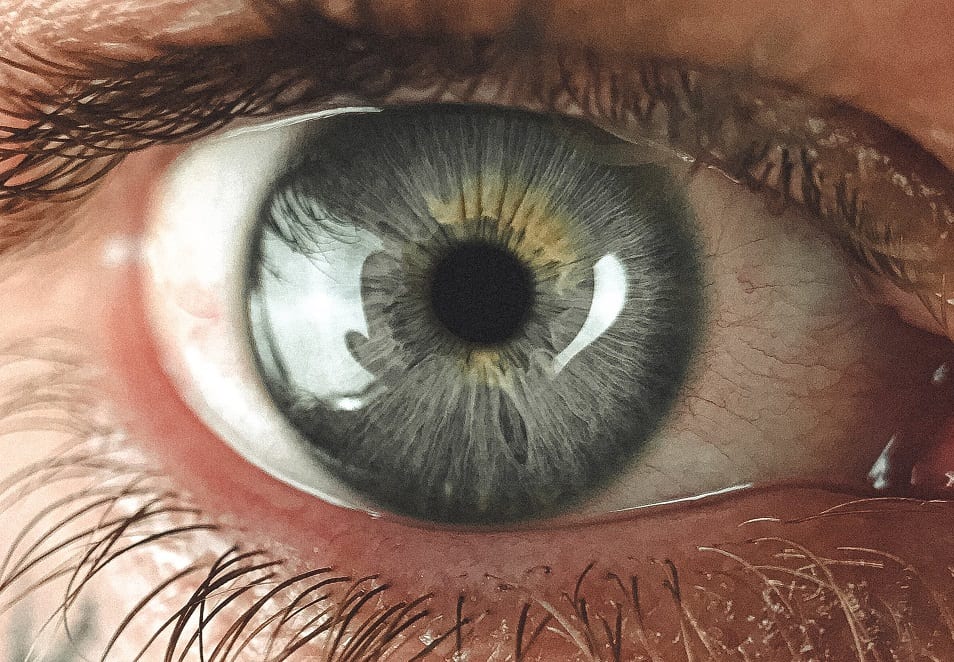
Dyslexia and Eye-tracking
When I was a kid I had trouble with eye-tracking and dyslexia.
When reading, I couldn’t follow the words down the page. I would get stuck in one paragraph! If my mom asked me to read for half an hour I read the same paragraph over and over and over and over and over! In fact, I only read one paragraph!
Annie
It’s no wonder I thought reading books was the most boring thing I could possibly do. Don’t get me wrong I loved being read to I just didn’t want to read myself!
Quite often kids with reading problems have more than one reason why reading is harder for them than their peers.
It was hard to know where my dyslexia stopped and my eye-tracking problems began!
Thankfully a screening for eye-tracking identified that problem, and going to vision therapy once a week for six months helped my reading immensely!
I practiced eye-tracking once a week for half an hour with a professional, and then got exercises to do at home.
”Children with learning-related vision problems have difficulty in the classroom and with reading and homework because of the effort involved in making their eyes work.”
Gallaway Beckett Vision Therapy
If you think your child has problems in the classroom due to vision problems check out the link below.GALLAWAY BECKETT VISION THERAPY
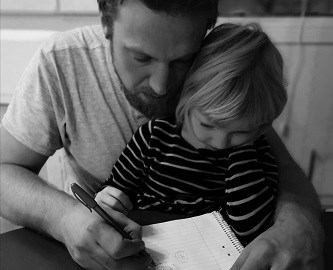
Dyslexia and ADHD
Both my older kids have ADHD and Dyslexia. My son Lage has milder dyslexia and my daughter Maria has a more severe case of dyslexia, but an ADHD/dyslexia combination is not uncommon.
Reading can be extra hard when you have dyslexia and ADHD. When you have dyslexia you can have trouble seeing what is on the page.
If you also have ADHD you don’t have the patience to figure out the jumbled letters you are trying to make sense of!
Annie Eklöv
If your child has trouble reading, be patient, and most importantly BE CURIOUS!

Practical steps for helping your child with reading problems!
- Talk to your child’s teacher to get a complete picture of the problem.
- If your homeschooling mom
- You can ask a teacher you know for advice.
- It can be helpful to have a friend or family member spend some time with your child and see how your child reads and writes.
- Sometimes it’s hard to access the situation when your so close to it, especially if it’s the first time you come across these problems
- Get your child screened for Dyslexia, eye tracking, and ADHD if you suspect that their reading problems could stem from these issues.
- Practice reading by setting small attainable goals.
- pushing kids to read for long periods of time usually does more harm than good.
- Reading increments of ten or fifteen minutes followed by play or physical activity for 15-20 minutes before you start another ten to a fifteen-minute reading session usually ensures that the child is alert and able to learn during your reading times!
- Don’t ask your child to read for long periods of time by themselves (More than 15 minutes) if you don’t know that they can actually read!
Many kids can read words, but actual reading implies that the child is understanding the stories and concepts that they are trying to read!
It’s fun to read a story if you understand what you are reading and you can get caught up in the intrigue of the story.
If you are reading as my son did in school where he read one word at a time and didn’t understand how each word fit into the big picture, then reading is a chore
Many kids will just pretend to read if they feel that they can’t make their reading problems understood!
When I was a kid, I had to read during the summer. Reading sessions of half an hour made me frustrated and discouraged me because I couldn’t read properly.
Annie
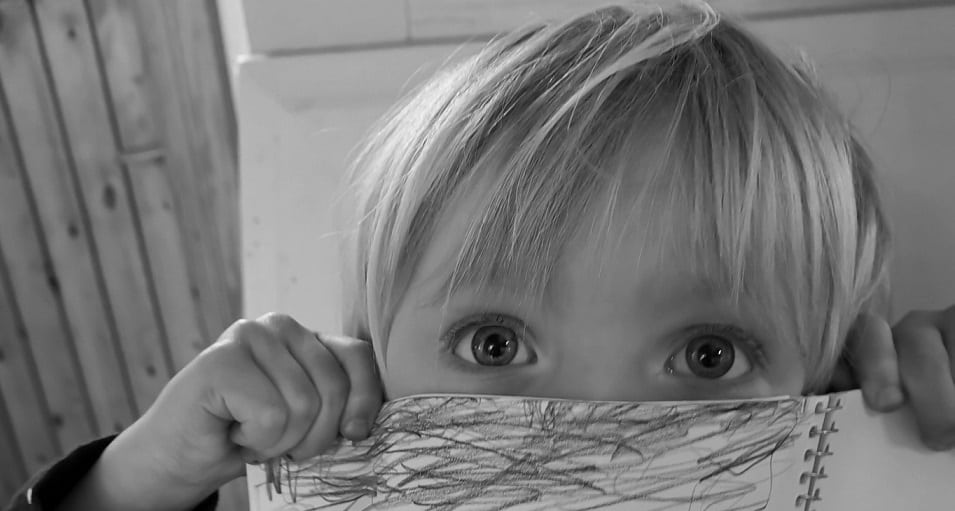
Check out our resources page before you go!
Below are some of our favorite posts!
WHAT IT FEELS LIKE TO HAVE ADHD IN A 13-YEAR-OLD’S OWN WORDS
